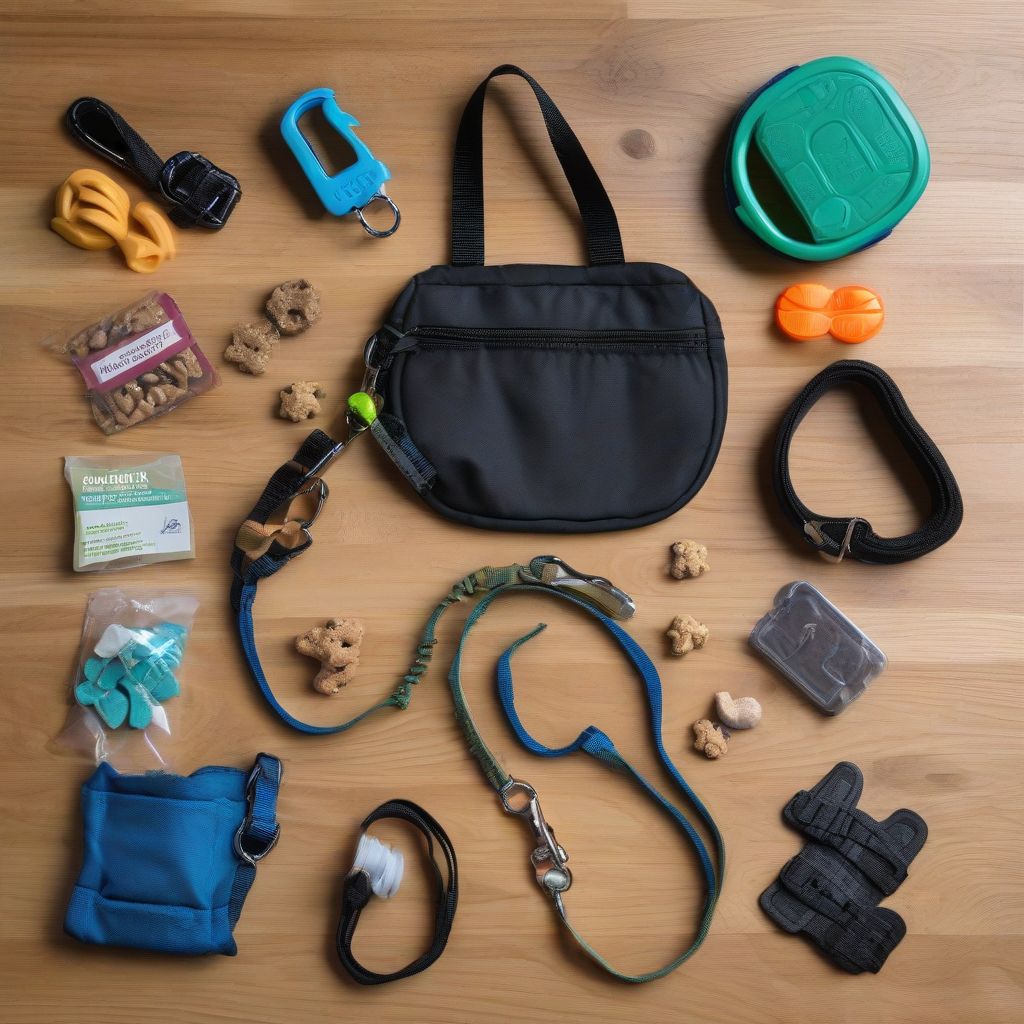Imagine this: you’ve just welcomed a furry friend into your home. You’re ecstatic, they’re a ball of energy, and then…chaos. Puppies chewing on everything in sight, kittens scaling curtains like tiny ninjas – sound familiar? Whether you’re a new pet parent or a seasoned owner looking for fresh approaches, effective pet training is crucial. And that’s where the right tools come in!
Choosing the right pet training tools can feel overwhelming with so many options available. But fear not! This guide will break down everything you need to know, from understanding different training philosophies to selecting the perfect tools for your furry companion. Let’s embark on this journey to a happier, well-adjusted pet and a more harmonious home.
Why Use Pet Training Tools?
Before we dive into the specifics, let’s address the elephant in the room (or should we say, the puppy on the couch?). Some pet owners shy away from training tools, associating them with punishment. However, the reality is far from it.
Think of pet training tools as communication devices rather than instruments of discipline. They help you convey desired behaviors clearly and consistently, setting your furry friend up for success.
Here’s how pet training tools can benefit both you and your pet:
- Clear Communication: Dogs and cats don’t speak our language (although those meows can be pretty convincing sometimes!). Training tools bridge the communication gap, providing clear signals that your pet can understand.
- Consistency is Key: Just like humans, pets thrive on routine and predictability. Using tools consistently helps reinforce training, making the process faster and more effective.
- Positive Reinforcement: Many training tools are designed to be used with positive reinforcement techniques, such as rewarding desired behaviors. This creates a positive learning environment for your pet.
- Safety First: Tools like harnesses and leashes provide safety and control during walks, preventing accidents and keeping your pet secure.
Exploring Different Types of Pet Training Tools
Now that you understand the “why” let’s delve into the “what.” Here’s a breakdown of common pet training tools and their uses:
1. Collars and Harnesses
- Collars: Essential for identification tags and a point of attachment for leashes.
- Types: Flat collars, martingale collars (provide gentle tightening for training), and head collars (offer more control for strong pullers).
- Harnesses: Distribute pressure more evenly across your pet’s body, making them a comfortable and safe option, especially for dogs prone to tracheal collapse.
- Types: Back-clip harnesses, front-clip harnesses, and no-pull harnesses.
2. Leashes
- Standard Leashes: Come in various lengths and materials.
- Retractable Leashes: Offer more freedom but require careful use to prevent accidents.
- Hands-Free Leashes: Ideal for runners or hikers who want to keep their hands free.
3. Clickers
- Clicker training is a popular positive reinforcement technique. The clicker acts as a marker, signaling to your pet the exact moment they performed the desired action. This is followed by a reward, creating a positive association.
4. Training Treats
- High-Value Treats: Small, soft, and highly motivating treats are essential for rewarding good behavior.
- Treat Pouches: Keep your pockets clean and your treats easily accessible during training sessions.
5. Crate Training Tools
- Crates: Provide a safe and den-like space for your pet, aiding in potty training and reducing anxiety.
- Crate Pads: Make the crate more comfortable and inviting.
6. Puzzle Toys and Interactive Feeders
- These tools stimulate your pet’s mind, prevent boredom, and encourage natural foraging instincts.
7. Potty Training Aids
- Potty Pads: Useful for puppies and older dogs with incontinence issues.
- Enzyme Cleaners: Eliminate odors that can attract pets back to the scene of the accident.
Choosing the Right Tools: Factors to Consider
With a wide array of options, choosing the right training tools can feel overwhelming. Keep these factors in mind to make informed decisions:
- Your Pet’s Size and Breed: A Chihuahua and a Great Dane have vastly different needs.
- Your Pet’s Temperament: A timid dog might find a head collar intimidating, while a strong puller might benefit from a no-pull harness.
- Your Training Goals: Are you focusing on basic obedience, potty training, or addressing specific behavioral issues?
- Positive Reinforcement Methods: Choose tools that align with your training philosophy.
 Essential Dog Training Tools
Essential Dog Training Tools
Tips for Effective Training
- Start Early: The earlier you start training, the better. However, it’s never too late to teach an old dog (or cat!) new tricks.
- Be Patient and Consistent: Training takes time and effort. Stay consistent with your commands and rewards, and don’t get discouraged if your pet doesn’t get it right away.
- Keep Training Sessions Short and Positive: Short, engaging sessions are more effective than long, drawn-out ones. End each session on a positive note, even if it’s just with a simple “good job!”
- Use Positive Reinforcement: Reward desired behaviors with praise, treats, or a favorite toy. Avoid punishment, as it can create fear and anxiety.
- Consult with a Professional: If you’re struggling with training, don’t hesitate to seek help from a certified professional dog trainer or veterinary behaviorist.
Beyond Tools: Building a Strong Bond Through Training
Remember, pet training tools are just that – tools. They are most effective when used in conjunction with patience, love, and a genuine desire to understand your furry friend.
Through consistent training and positive reinforcement, you’ll not only be teaching your pet essential commands but also strengthening the bond you share. Training provides mental stimulation, builds confidence, and helps your pet feel secure and understood within the family unit. So, embrace the journey, celebrate the small victories, and watch your furry companion blossom into a well-adjusted and happy member of your family.
Conclusion
Navigating the world of pet training tools doesn’t have to be daunting. By understanding the purpose of each tool and considering your pet’s unique needs, you can create a positive and effective training experience. Remember, training is an ongoing process, and the rewards extend far beyond basic commands. It’s about building a deeper connection with your furry friend, fostering trust, and creating a harmonious life together.
Are you ready to embark on this rewarding journey? Share your pet training experiences and tips in the comments below! And if you found this guide helpful, don’t forget to share it with fellow pet parents who might benefit from it.
Looking for more insights on pet care and training? Check out these informative articles:
[amazon bestseller=”dog training clicker”]
